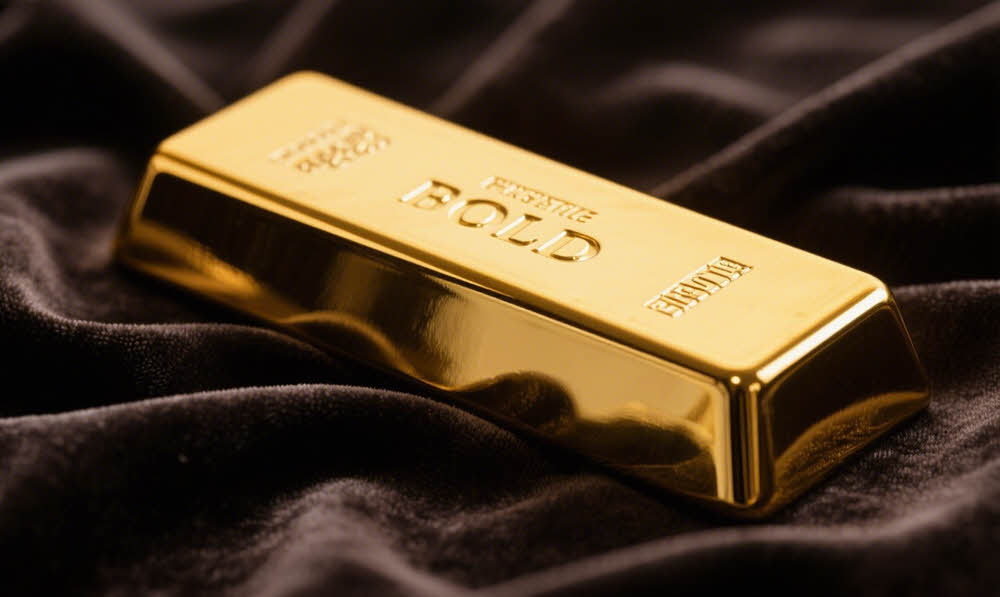Gold has fascinated civilizations for thousands of years. From ancient coins to royal treasures, it has long symbolized wealth, power, and security. In the modern world, gold still holds a special place in the global economy; not just as jewelry or decorative art, but as a financial asset, a store of value, and a topic of ongoing debate among economists, investors, and governments.
Understanding gold’s role requires looking at its long history, its changing uses, and the trends that have shaped its place in the markets over time.
While opinions vary about its importance today, there’s no denying that gold has had a remarkable journey through centuries of trade, technology, and geopolitical shifts.
A Brief History of Gold as a Store of Value
Gold’s history as money stretches back to at least 600 BCE, when the first gold coins were minted in what is now Turkey. Its rarity, durability, and malleability made it ideal for trade. Unlike other metals, gold doesn’t corrode or tarnish, meaning it could be stored indefinitely without losing its luster.
For centuries, gold was used as currency directly, and later as the standard backing for paper money. In the 19th and early 20th centuries, most of the world’s major economies operated on the gold standard, where national currencies were tied to a fixed amount of gold. This system was meant to provide stability, as governments could only issue as much currency as their gold reserves allowed.
The gold standard began to break down during the Great Depression, when countries sought more flexibility to manage their economies. By the mid-20th century, gold’s role as a direct backing for currencies had weakened, although the U.S. dollar remained tied to gold under the Bretton Woods Agreement. That link ended in 1971, when the United States formally abandoned the gold standard, and gold began to trade freely on global markets.
Gold in the Modern Era
Since the 1970s, gold has been traded as a commodity, with its price determined by supply and demand in global markets. It is bought and sold in various forms — bars, coins, jewelry, and financial products such as exchange-traded funds (ETFs) backed by physical gold.
Governments and central banks still hold significant gold reserves, seeing it as a hedge against currency fluctuations and economic uncertainty. The U.S., Germany, Italy, and France are among the largest official holders, while emerging economies like China and Russia have increased their gold reserves in recent years as part of their financial strategies.
Gold is also heavily influenced by cultural demand. In countries such as India and China, gold jewelry plays a central role in weddings, festivals, and traditions, creating a steady base of consumer demand that complements its role in financial markets.
Trends in Gold Prices
Gold prices have historically been influenced by a combination of economic, political, and market factors. During times of economic uncertainty, geopolitical tension, or inflation fears, demand for gold often increases. This has led to gold being called a “safe haven” asset — something investors turn to when confidence in other investments is shaken.
There have been notable periods of price surges:
Late 1970s: Following the collapse of the gold standard, oil price shocks, and high inflation, gold prices soared.
2008–2011: The global financial crisis and European debt crisis drove gold to record highs above $1,900 per ounce in 2011.
2020: The COVID-19 pandemic triggered another rally, with prices briefly surpassing $2,000 per ounce.
However, gold’s price doesn’t only move upward. There have been multi-year stretches where prices declined or remained stagnant, reflecting changes in economic conditions, interest rates, and the strength of the U.S. dollar.
Gold’s Relationship with the U.S. Dollar
Gold is typically priced in U.S. dollars, which creates an inverse relationship between the two.
When the dollar strengthens against other currencies, gold becomes more expensive for international buyers, often putting downward pressure on demand and prices. Conversely, a weaker dollar can make gold more attractive, boosting demand.
This dynamic has made gold a tool for diversification in global trade and central bank reserves, especially for countries looking to reduce dependence on the dollar.
Cultural and Industrial Uses
While financial and investment demand often grab headlines, gold’s cultural and industrial uses remain important. Jewelry accounts for a significant share of global gold demand, particularly in Asia.
Gold is also used in electronics and medical devices because of its excellent conductivity and resistance to corrosion.
These practical uses help provide a baseline level of demand, even when investment interest in gold is lower.
How Gold Is Traded Today
The modern gold market operates through several key hubs: London is a major center for physical gold trading, while New York hosts gold futures trading on the COMEX exchange. In Asia, Shanghai and Mumbai are significant marketplaces for both physical gold and derivative products.
Gold can be traded directly as physical bullion or indirectly through financial instruments such as ETFs, gold mining stocks, and futures contracts. Each market segment responds differently to changes in demand, interest rates, and geopolitical developments.
Gold and Inflation Concerns
Gold’s reputation as a hedge against inflation comes from its historical tendency to retain value over long periods.
When the purchasing power of currency declines, gold is often viewed as a store of wealth that can help preserve value.
However, this relationship is not always consistent in the short term. In some inflationary periods, gold prices have stagnated or even fallen, influenced by other economic forces such as interest rate hikes.
Shifts in Global Demand
In recent decades, demand for gold has shifted geographically. Western markets once dominated investment demand, but today, Asia accounts for a large share of both jewelry and investment purchases.
Central banks in emerging markets have also been net buyers of gold since the late 2000s, reversing earlier decades when they were selling reserves.
This shift reflects broader trends in the global economy, with emerging economies seeking to diversify their reserves and reduce reliance on Western financial systems.
Why Gold Remains a Unique Asset
Gold occupies a space in the financial world that few other assets do. It is both a commodity and a monetary metal; it is valued for its beauty and for its perceived security in uncertain times.
While its price can be volatile in the short term, its enduring value over centuries gives it a unique position in the minds of governments, institutions, and individuals alike.
Even in an age of digital currencies, complex derivatives, and rapidly evolving markets, gold continues to command attention.
Whether as a reserve asset for central banks, a cultural symbol in wedding ceremonies, or a long-standing hedge against uncertainty, it has proven remarkably adaptable.



